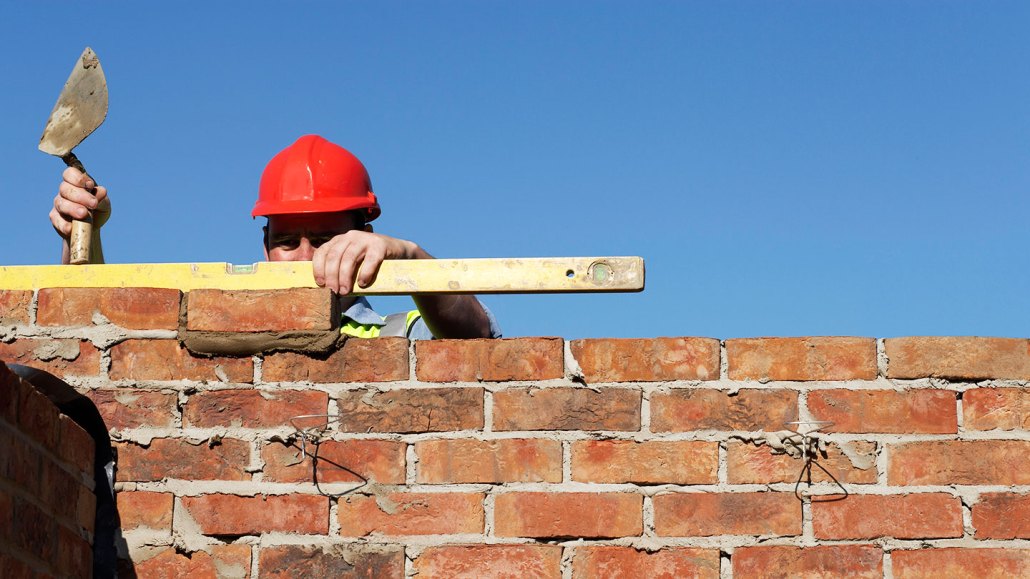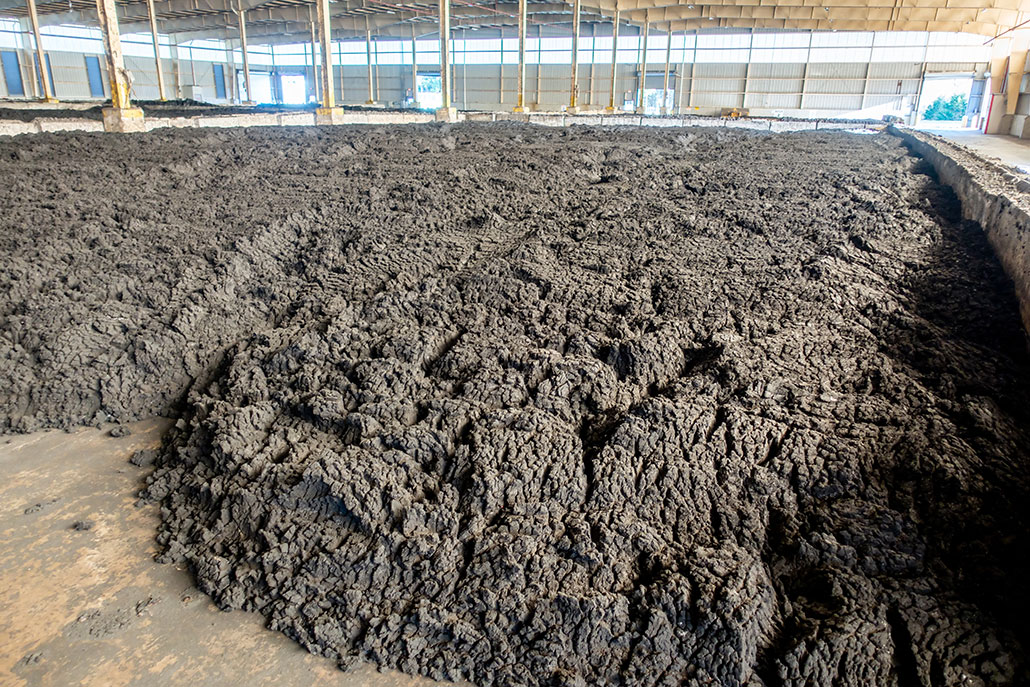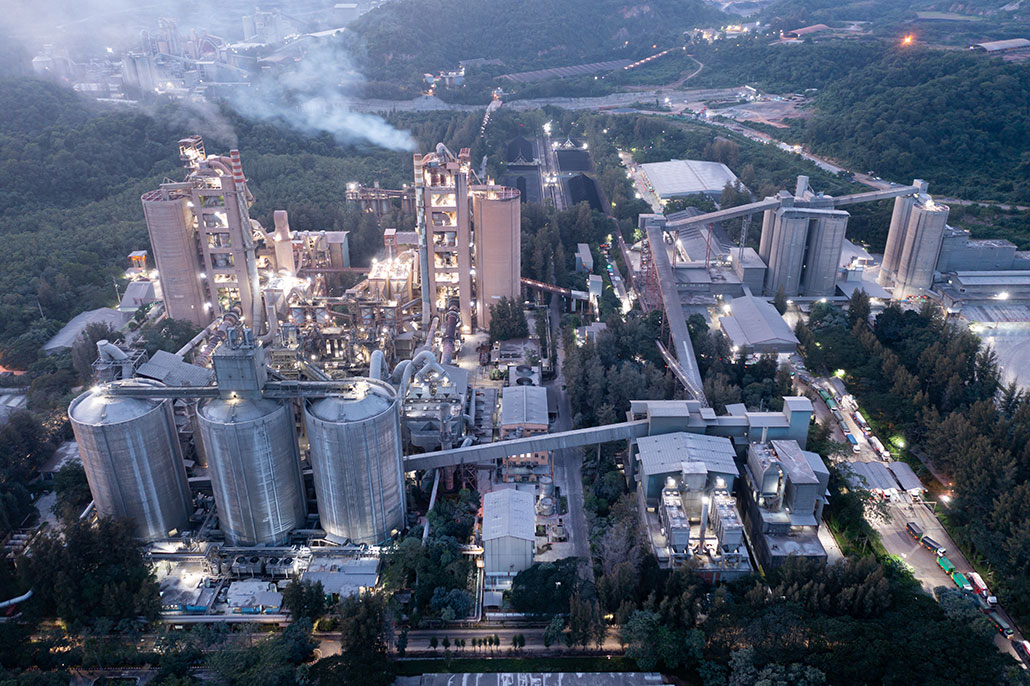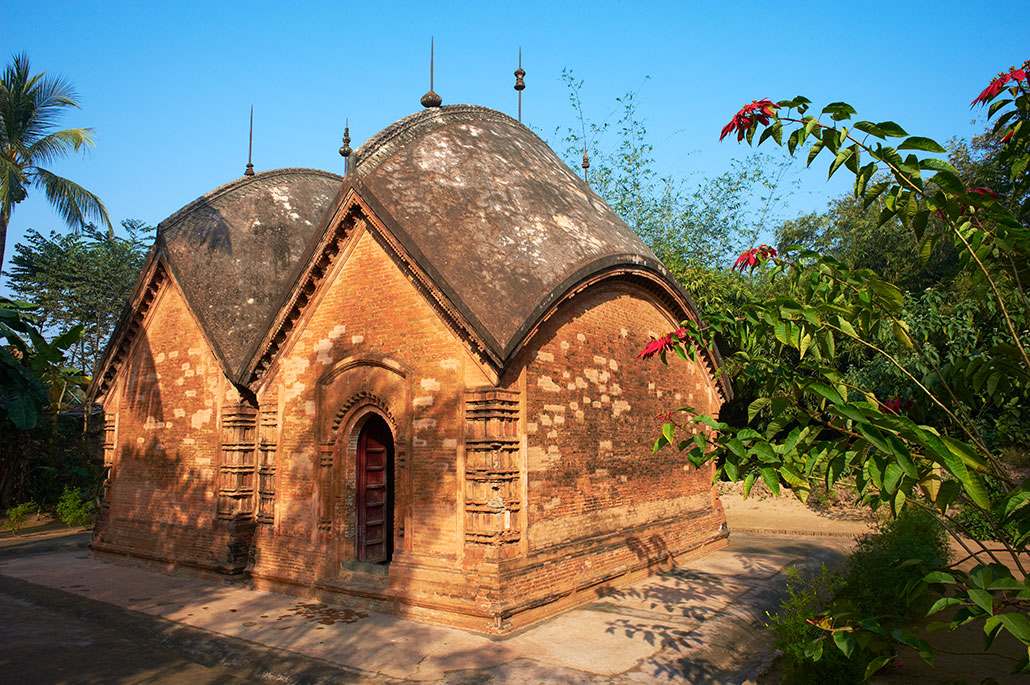For a better brick, just add poop
Scientists are using sewage sludge to create more Earth-friendly building materials

Bricks are the basis of many buildings today. Most are made from clay. In the future, a “greener” variety may include recycled human or animal wastes.
David Leahy/DigitalVision/Getty Images Plus
Share this:
- Share via email (Opens in new window) Email
- Click to share on Facebook (Opens in new window) Facebook
- Click to share on X (Opens in new window) X
- Click to share on Pinterest (Opens in new window) Pinterest
- Click to share on Reddit (Opens in new window) Reddit
- Share to Google Classroom (Opens in new window) Google Classroom
- Click to print (Opens in new window) Print
By Laura Allen
This is another in our series of stories identifying new technologies and actions that can slow climate change, reduce its impacts or help communities cope with a rapidly changing world.
Remember the story of the three little pigs? Only the brick house was strong enough to resist the big bad wolf’s huffs and puffs. Bricks and cement are strong and popular building materials used the world over. Unfortunately, the process to make them spews out lots of pollution. Now, scientists are learning how to make these construction materials more Earth-friendly with a surprising ingredient: poop.
In some cases, those feces come from grazing animals such as cows. Their manure is full of plant fibers. Recycling sludge — the material from sewage-treatment plants — also works. Sludge is processed human wastes. It gets removed as wastewaters are cleaned. Rich in nutrients, sludge and manure are sometimes used as fertilizers. But they also may contain infectious microbes or even heavy metals. And these can make safe disposal of those wastes a challenge. For various reasons, large quantities of sludge get buried in landfills each year.

All around the world, researchers are exploring different ways to not only keep sludge out of landfills but also to put it to good use. Some places burn the sludge, creating ash. This kills pathogens and reduces its volume, making its disposal easier.
But sludge and sludge ash are both rich in silicon, aluminum and calcium. These are ingredients used in making cement and bricks. Making construction materials with sludge could put this waste to use and keep it out of landfills. At the same time, it could reduce the pollution created by the standard processes used to make cement and bricks.
Sludgy cement
To John Zhou, dumping potentially useful sludge into landfills seemed a waste. He’s an environmental engineer at the University of Technology in Sydney, Australia. Sludge contains materials such as silica that function like cement, he knew. And cement is a key ingredient in the concrete used for sidewalks, walls, buildings and more. Concrete’s recipe includes cement mixed with gravel, sand and water. The cement is like the glue that will hold everything together.
Cement ingredients are baked in a ginormous coal-fired oven, called a kiln. It’s as wide as a car and as long as a 20-story building tipped sideways. Inside, the material is heated to a scorching 1,450° Celsius (2,640° Fahrenheit). That heat comes from burning huge amounts of fossil fuels. Using less cement could mean creating less pollution from cement kilns.

So Zhou’s group swapped in sludge for some of that cement. Though sludge contains similar chemicals to those in cement, the recipe is not the same. So Zhou and his team added different amounts of sludge to cement mixtures. They wanted to test how much they could add and still get a strong final product.
Too much sludge yielded a cement that wasn’t strong enough. But in one experiment, mixing 15 percent sludge ash with ground limestone made a product as strong as regular cement. And this change cut the fossil-fuel emissions (carbon dioxide) by 13 percent. Another bonus: Any harmful heavy metals or germs in the sludge become locked in place, says Zhou. They won’t leach out.
The team reported its findings last May in the Journal of Building Engineering.
Better bricks
Another group is trying a similar approach with bricks. The world bakes an estimated 1.5 trillion bricks from clay every year in ovens powered by fossil fuels. Those bricks use enough clay to fill 12,000 holes the size of soccer fields — each as deep as a 100-story building.
Researchers in Brazil are working with a brick company to reduce how much clay is needed. “We add sludge into the mixer with the clay,” says Tuani Zat. She’s a materials engineer at the Federal University of Santa Maria. Her team wants to transform some of the estimated 100,000 tons of sludge that Brazil landfills each year into bricks.
Sludge contains organic material from undigested food and microbes. That organic matter burns away as the bricks are fired, leaving air gaps. These gaps improve the insulation value of the brick. But too many gaps will weaken it. So Zat’s team tested different mixtures, from 2 percent sludge up to 15 percent (by weight). Every mix yielded bricks that met all the national standards for strength, shrinkage and water absorption.
The bricks also were safe to handle. The firing process destroyed any infectious microbes that might have been in the sludge. The team described its results a little over a year ago in the Journal of Environmental Management.
If you’re interested in visiting a house made from sludge bricks or sludge cement, you’ll probably have to wait. Aside from some bricks in China, Zhou says these materials aren’t yet for sale. The brick company in Brazil plans to release an eco-brick soon, Zat says. But the industry will need to make some changes to work with sludge, she adds. Workers will need training and equipment to protect them from contact with any microbes in the raw sludge before the brick is fired. More research is also needed. The contents of sewage sludge vary from place to place. So each cement or brick manufacturer will need to figure out how much local sludge to add into their product.
Ancient eco-bricks
Another type of poop brick, though, is available — and has been for millennia. Since ancient times, people have made sun-dried bricks from soil and other materials. Called mud bricks or compressed-earth blocks, they are again regaining popularity. These eco-friendly bricks don’t need firing at high heat. That keeps their costs low and means their production emits no Earth-warming pollution. Mud brick buildings stay naturally cool in hot climates. Their durability, however, can be a challenge. Earthen buildings break down faster when they get wet than those made with fired-clay brick or cement.
Yask Kulshreshtha was in India when he noticed villagers using a mix of cow dung and mud to make their earthen homes water-resistant. “Though a common practice, we didn’t understand how manure actually made the buildings more water-resistant,” he says. So he decided to investigate. Kulshreshtha is an engineer at Delft University of Technology in the Netherlands.

Cow dung is made up of plant fibers, microbes, amino acids, minerals and nutrients. Kulshreshtha had heard the plant fibers created the water resistance, but it hadn’t been studied. So, his team set out to test this.
First, they extracted the fibers from fresh cow dung. Next, they split the remaining material into two groups: medium-sized microbial particles (each an average of 19.78 micrometers in diameter) and small-sized microbial particles (averaging only 2.7 micrometers across). The team mixed soil and dung in a 50-to-1 mix. Using a machine, they compressed each mix into small blocks. They also made some blocks with just soil or just dung.
Then they performed two tests. In one, they submerged each type of block in water to see how long it held together. In another they dripped water directly onto each type of block, to look for erosion. In both tests, blocks with the small-sized particles resisted the water better.
The smallest particles were rich in fatty acids. They also had negative electric charges. Both could help explain why blocks made with these particles were better at repelling water, the scientists say. Based on their findings, the team produced blocks that performed 30 times better than blocks made without cow dung. The group published its work in the January 2022 issue of Construction Technologies and Architecture.
Would human poop or sludge repel water as well? Kulshreshtha hasn’t tested this. But any dung with gut bacteria — including human — should make the mud brick stronger and more water-resistant, he says. One problem: this product doesn’t use microbe-killing heat. So working with human feces would require additional safety precautions.
Just think, one day your poop might help build greener homes.






